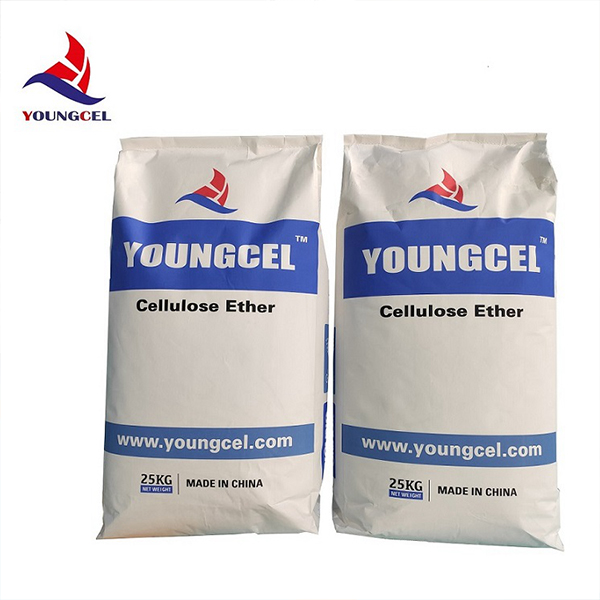The Role of Cellulose-Based Binders in Modern Applications
Cellulose, a natural polymer derived primarily from plant cell walls, holds significant importance in various industrial applications. One of its prominent roles is as a binder in numerous formulations, ranging from pharmaceuticals to construction materials. The utilization of cellulose-based binders is driven by their excellent binding properties, biocompatibility, and environmental benefits.
Chemical Structure and Properties
Cellulose is a complex carbohydrate made up of long chains of glucose units linked by β-1,4-glycosidic bonds. This structure confers unique physical and chemical properties, making cellulose a versatile candidate for use as a binder. Cellulose-based binders can form strong hydrogen bonds with other materials, ensuring solid adhesion and stability in various formulations. Moreover, cellulose can be modified to enhance its binding capabilities, solubility, and functionality, leading to a wide range of derivatives such as carboxymethyl cellulose (CMC), hydroxypropyl cellulose (HPC), and ethyl cellulose.
Applications in Pharmaceuticals
In the pharmaceutical industry, cellulose binders play a crucial role in the formulation of tablets and granules. They assist in the compaction of active pharmaceutical ingredients (APIs) through wet or dry granulation processes. The binding efficiency of cellulose ensures that tablets maintain their integrity during storage, transport, and consumption, while also facilitating controlled release of the drug. The bioavailability and therapeutic efficacy of many medications can be significantly improved with the right use of cellulose derivatives, making them essential in drug delivery systems.
Applications in Food Industry
cellulose binder

Cellulose binders are also utilized in the food industry, where they improve texture, moisture retention, and stability in various products like sauces, dressings, and baked goods. They serve as emulsifiers and stabilizers, enhancing the sensory attributes of food items while ensuring a longer shelf life. Additionally, given the rise in health consciousness among consumers, cellulose is often favored due to its natural origin and dietary fiber properties, adding functional benefits to products.
Construction and Building Materials
In construction, cellulose-based binders are gaining traction as sustainable alternatives to synthetic binders. For instance, they are used in the formulation of eco-friendly building materials such as plaster, cement, and insulation. Cellulose binders provide excellent adhesion properties, improve workability, and enhance moisture resistance. With the growing concern over environmental issues, the use of cellulose offers a renewable, biodegradable option that aligns with green building practices and standards.
Environmental Impact and Sustainability
The shift towards cellulose-based binders is also influenced by the increasing demand for eco-friendly materials. As a renewable resource, cellulose is derived from readily available plant materials, including wood and agricultural residues. Utilizing cellulose not only reduces dependency on fossil fuels but also promotes a circular economy by contributing to waste minimization. Furthermore, many cellulose derivatives are biodegradable, minimizing their environmental footprint compared to synthetic alternatives.
Conclusion
In conclusion, cellulose-based binders represent a remarkable intersection of functionality, sustainability, and innovation across various industries. Their diverse applications range from pharmaceuticals to food products and construction materials, illustrating their versatility and adaptability. As research and technology continue to evolve, the potential for cellulose-derived materials in developing more sustainable and efficient solutions will undoubtedly expand, reinforcing cellulose's role in the future of binding agents. With a focus on environmental responsibility, these natural binders are poised to play an essential part in addressing the challenges of modern manufacturing and consumer needs, thereby shaping a more sustainable future.
-
Premium Detergent Grade HPMC Hydroxypropyl Methylcellulose: Superior Thickening & StabilityNewsAug.31,2025
-
HEC 100000 Hydroxyethylcellulose for Paint | Superior ThickeningNewsAug.30,2025
-
Wall Putty Rdp Powder Packaging DesignNewsAug.29,2025
-
Introduction to Hpmc Hydroxypropyl Methyl CellulosNewsAug.29,2025
-
Hpmc Industri Grade IntegrationNewsAug.29,2025
-
How to Choose the Right Construction AdhesiveNewsAug.29,2025




